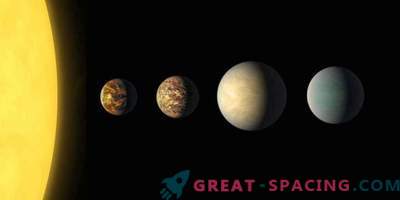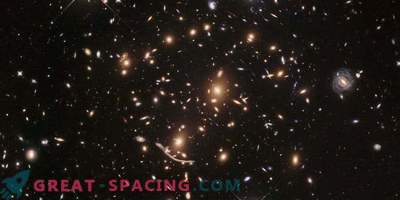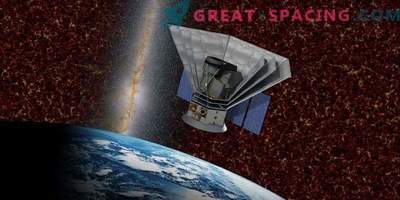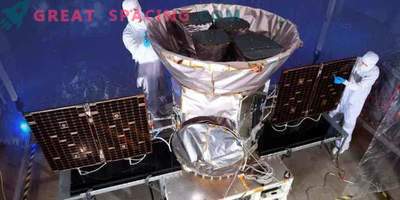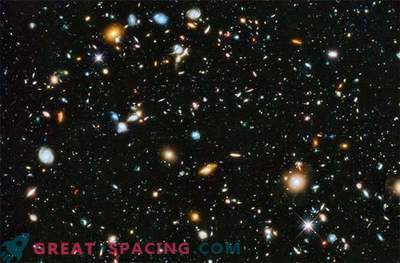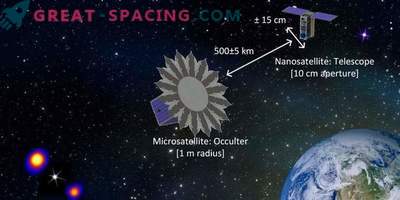
This is a new NASA Wide Infrared Viewing Telescope, which is scheduled to launch in the 2020s. It should provide scientists with the most extensive view of space.
NASA is starting to develop the next major astrophysical mission - the space telescope, providing a global picture of the universe. The wide-angle infrared viewing telescope (WFIRST) is planned to be launched in the 2020s to function as a Hubble receiver. The 300-megapixel camera can display the sky area in 100 times more modern features.
A wide field of mission will allow to generate unprecedented large parts of the Universe, which will help to explore the acceleration of spatial expansion. Now there is an assumption that the engine is the dark energy (68% of the total cosmic content). Or there is a flaw in the general theory of relativity.
To find out more about dark energy, WFIRST uses a powerful 2.4-meter mirror that measures the location of matter and studies the expansion. This process will also consider the development of galaxies, approaching the time when the universe was only half a billion years old. To this end, WFIRST will remove supernovae and galactic clusters, determining the position of the galaxies in three dimensions. The mission will also determine distances to millions of galaxies in order to understand how their light becomes more red at large distances (redshift).
A wide field will allow to measure matter in hundreds of millions of distant galaxies with the help of gravitational lenses. The light curve also helps to search for planets outside our system. In microlensing, the anterior star in our galaxy plays the role of an objective. Sometimes their movement is aligned with the background far star, increasing and distorting the light of the latter.
Microlensing WFIRST will help track 100 million stars for hundreds of days, and also find 2500 planets with a large number of rocky ones (they can have liquid water). WFIRST is able to assist in the search for Kepler and TESS missions, which are focused on discovering alien worlds. The knowledge gained will help to compile a complete census of the planets outside the system and learn how worlds are created and developed. Of particular interest are objects in the habitat zone that can support life.
Scientists plan to place on the telescope a coronagraph designed to display exoplanets through the blocking of starlight (help search for small worlds). Moreover, this tool will be 1000 times more powerful than the previous ones. This is a key moment in the visualization and search for earth-like planets.
All WFIRST data will be shared. The mission will also complement the work of future projects, including the telescope of James Webb, which will be launched in 2019. While Webb focuses on specific interesting objects, WFIRST will explore the universe as a whole.

